Brass Fetcher Ballistic Testing
Ammunition Performance Data Sheet
Buffalo Bore 460 Rowland 230gr XTP JHP (Item 35B)
Evaluated Metrics:
- 1. Ambient Velocity and Accuracy
- 2. Extreme Cold Velocity and Accuracy
- 3. Water Immersion Velocity and Accuracy
- 4. Bare Gelatin terminal Performance (Penetration, Expansion, KE, Temporary Cavity) Heavy Clothing + Gelatin terminal Performance (Penetration and Expansion) Automobile Windshield + Gelatin terminal Performance (Penetration and Expansion)
- 5. Slide Velocity (Remington R1 1911)
- 6. Muzzle Flash
Cartridge Dimensions
- Cartridge Overall Length: 1.245”
- Cartridge Weight: 335gr
- Projectile: Hornady 230gr XTP JHP
Ambient Velocity and Accuracy
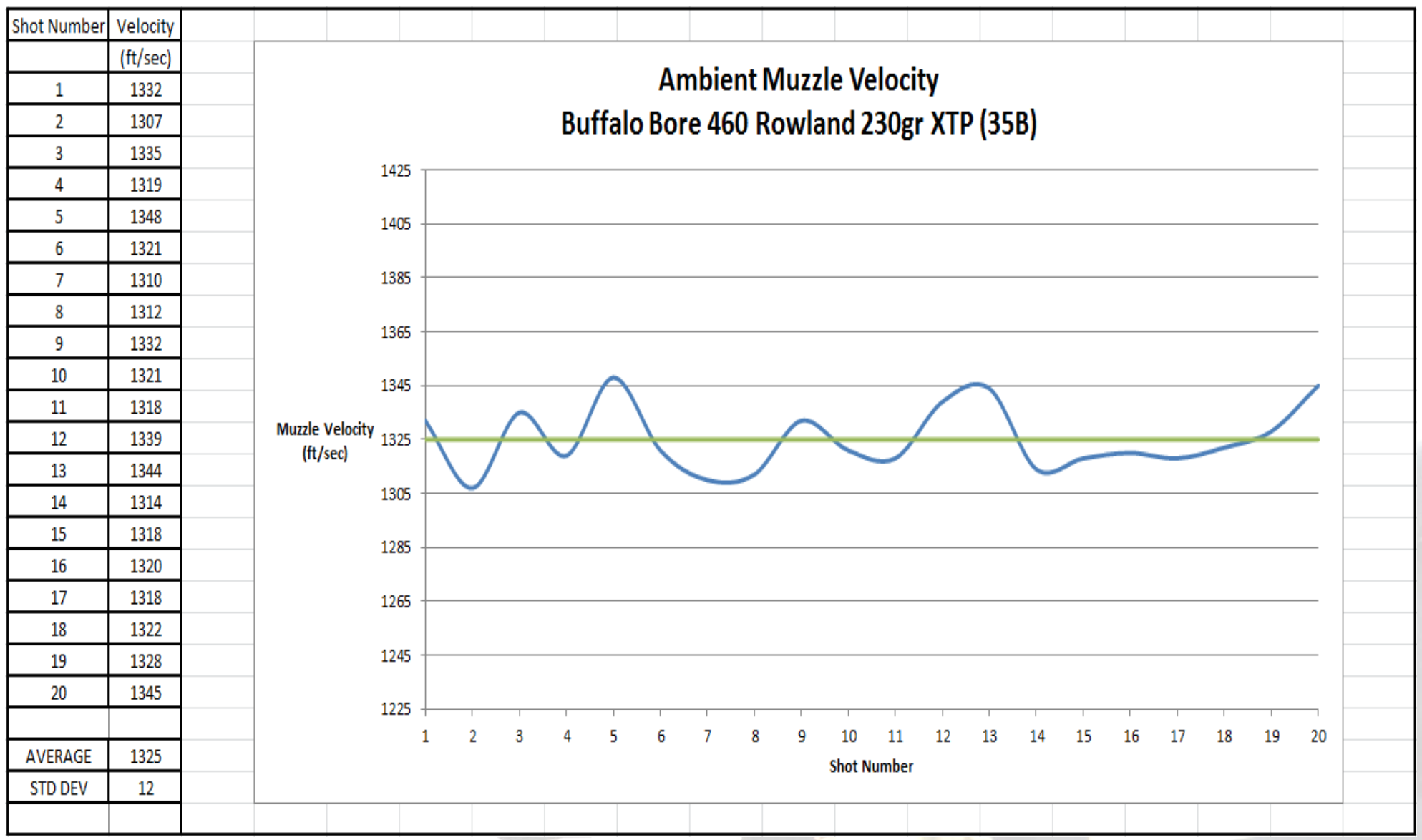
- Firearm: Remington R1 1911 5.0” length 460 Rowland conversion barrel with muzzle compensator
- Distance: 8 feet in front of muzzle
- Chronograph: Pact Model 1 XP
- Weather: 78°F, 93% humidity

Extreme Cold Velocity and Accuracy
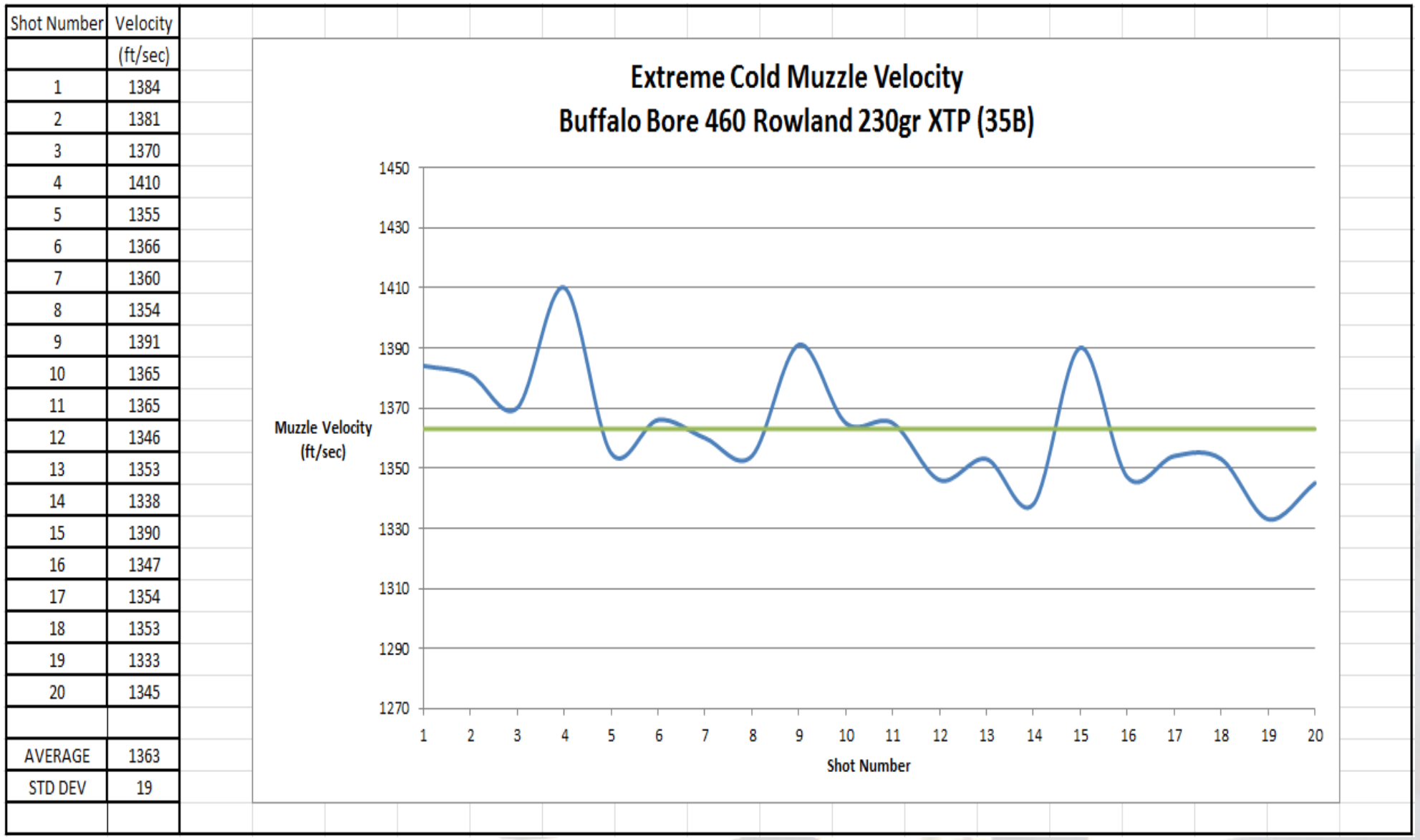
- Firearm: Remington R1 1911 5.0” length 460 Rowland conversion barrel with muzzle compensator
- Distance: 8 feet in front of muzzle
- Chronograph: Pact Model 1 XP
- Weather: -20°F (shot string completed during 8-minute exposure to 78°F)
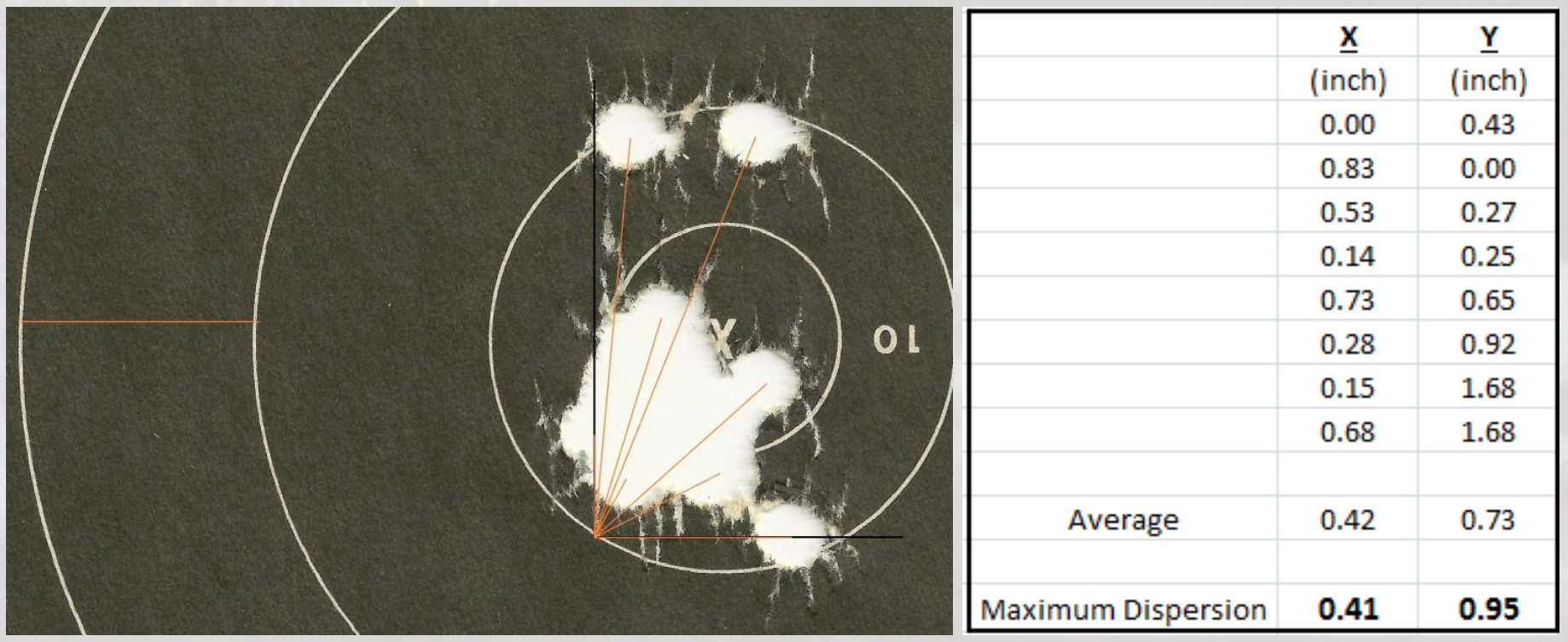
Water Immersion Velocity and Accuracy
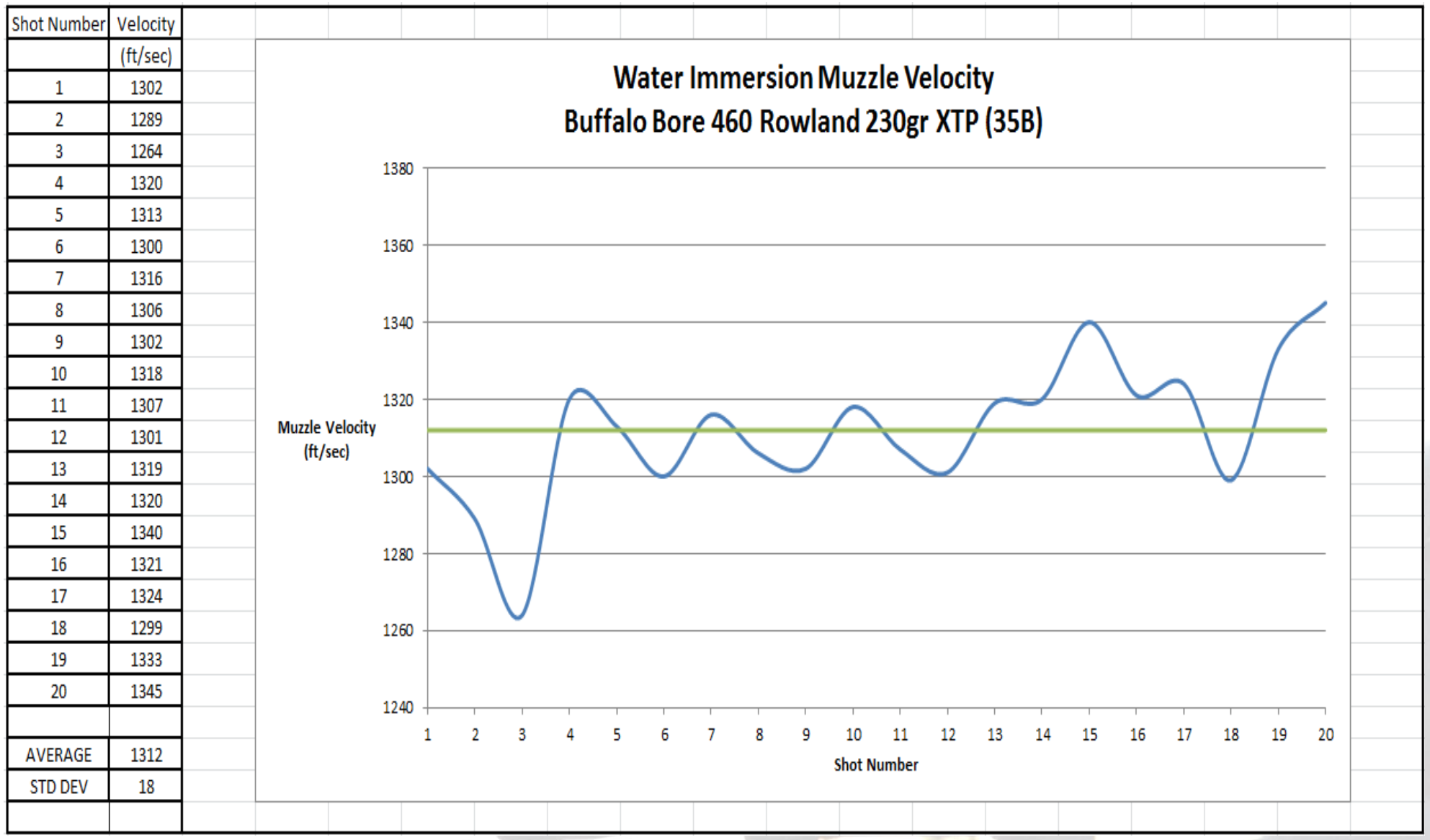
- Firearm: Remington R1 1911 5.0” length 460 Rowland conversion barrel with muzzle compensator
- Distance: 8 feet in front of muzzle
- Chronograph: Pact Model 1 XP
- Weather: 1-meter submersion in 60°F water for 30 minutes, 78°F, and 93% humidity
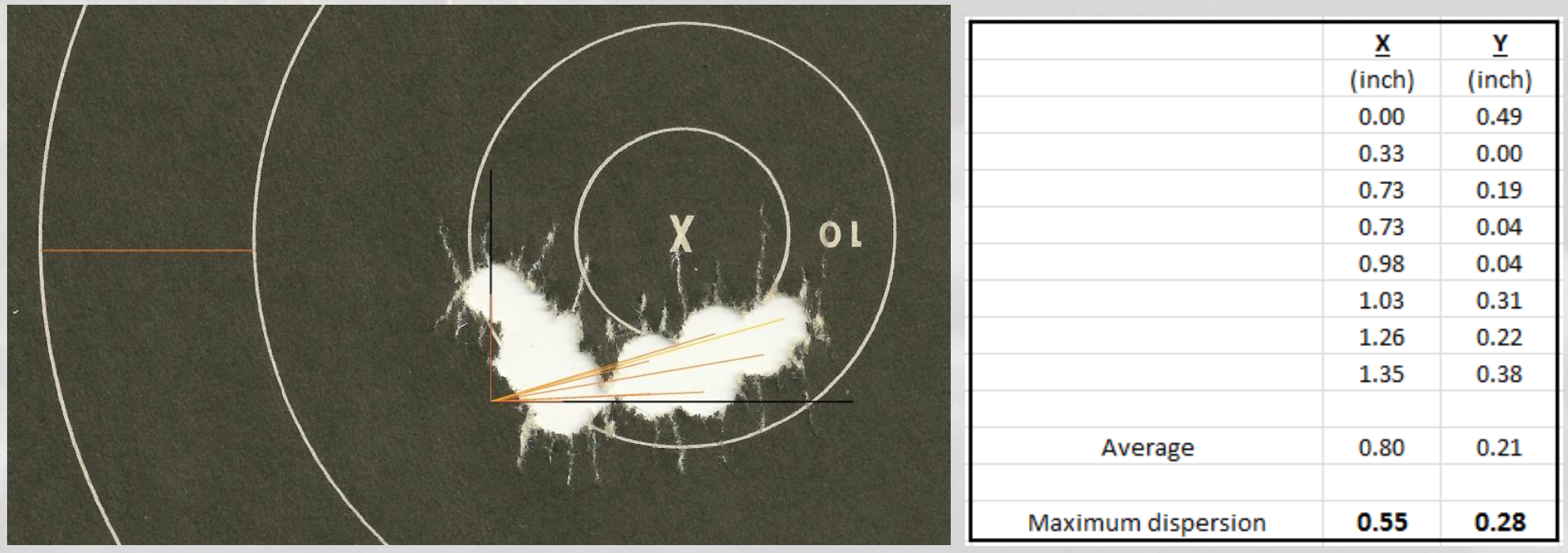
Bare Gelatin Terminal Performance
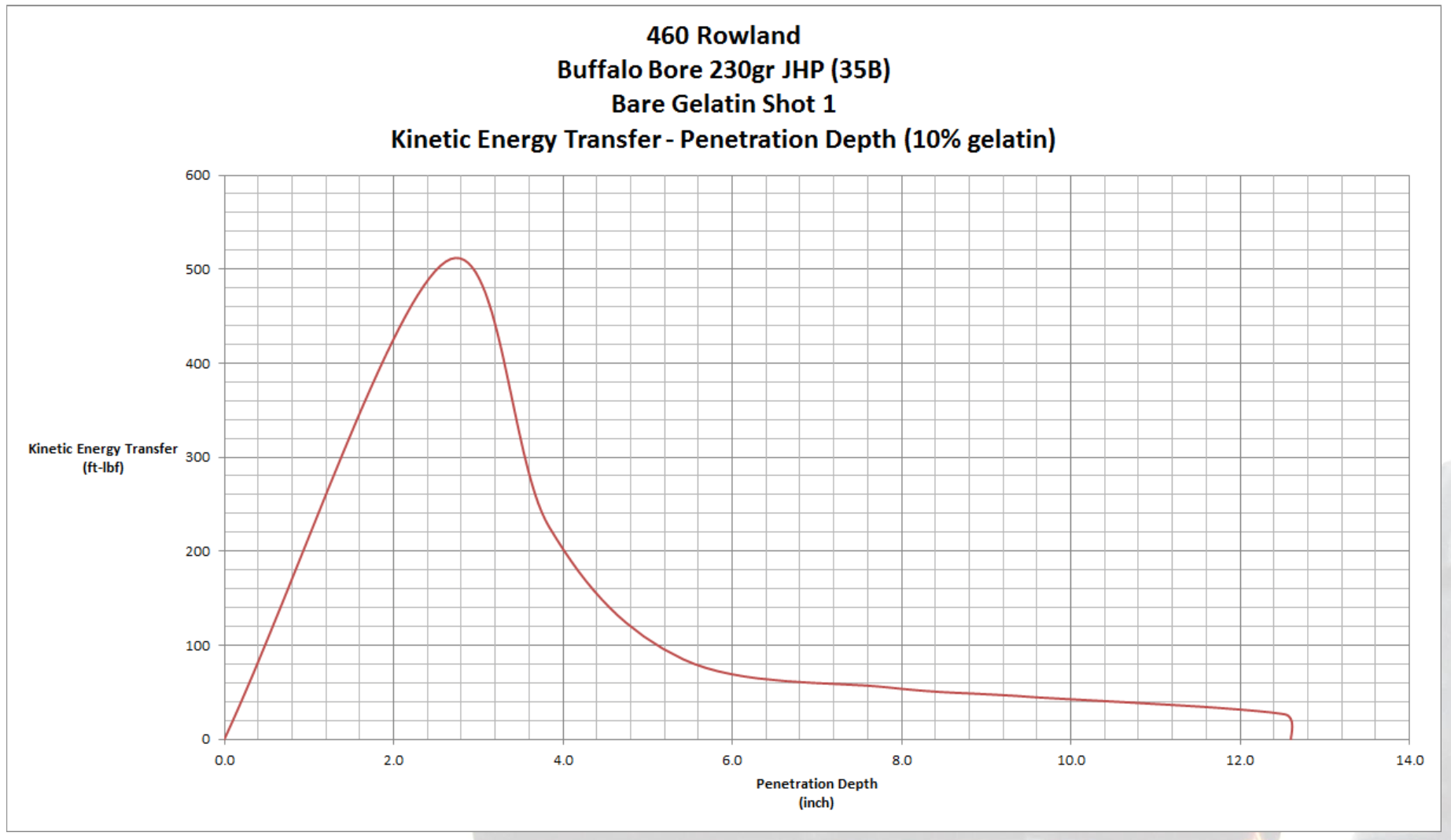

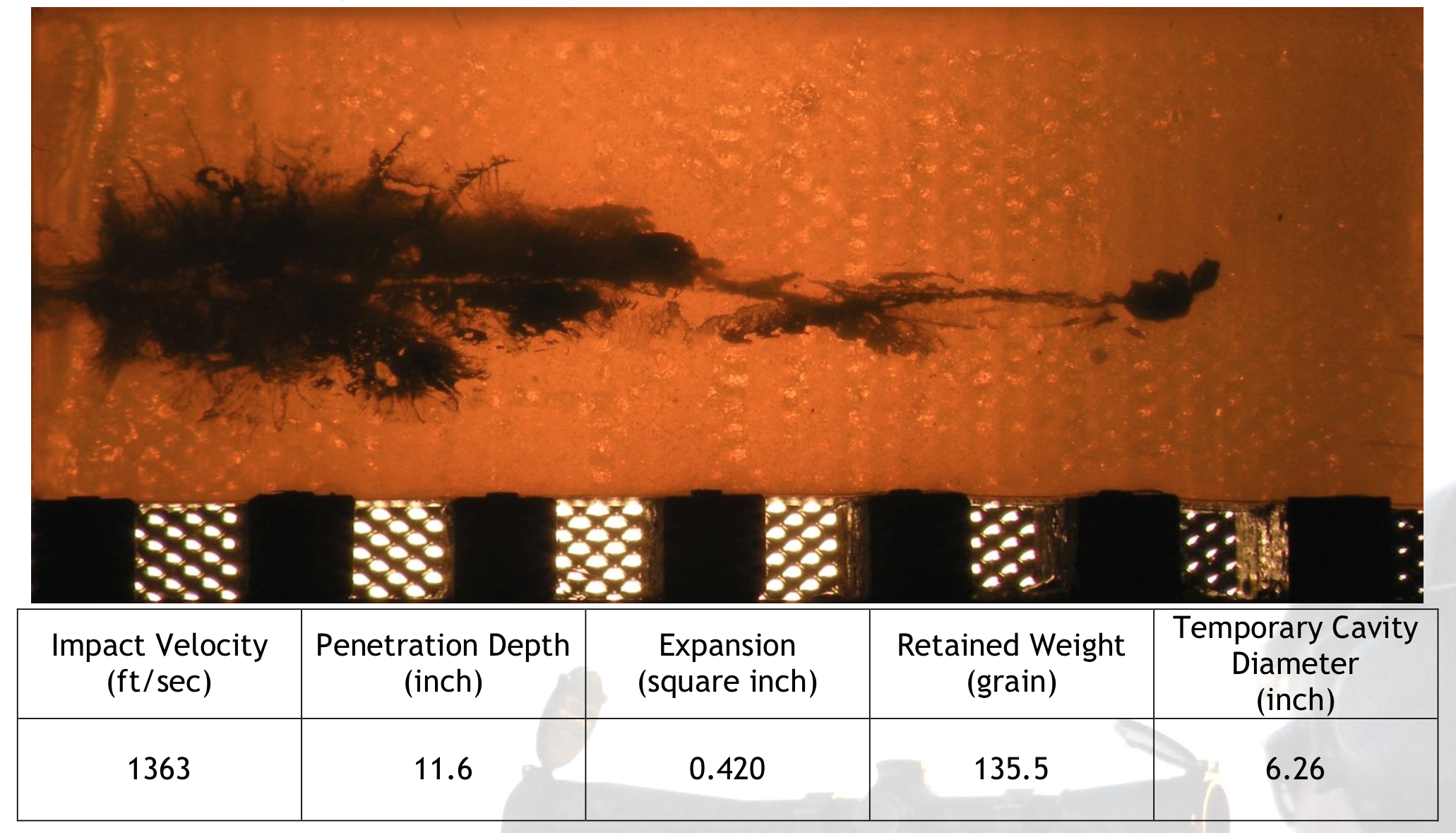
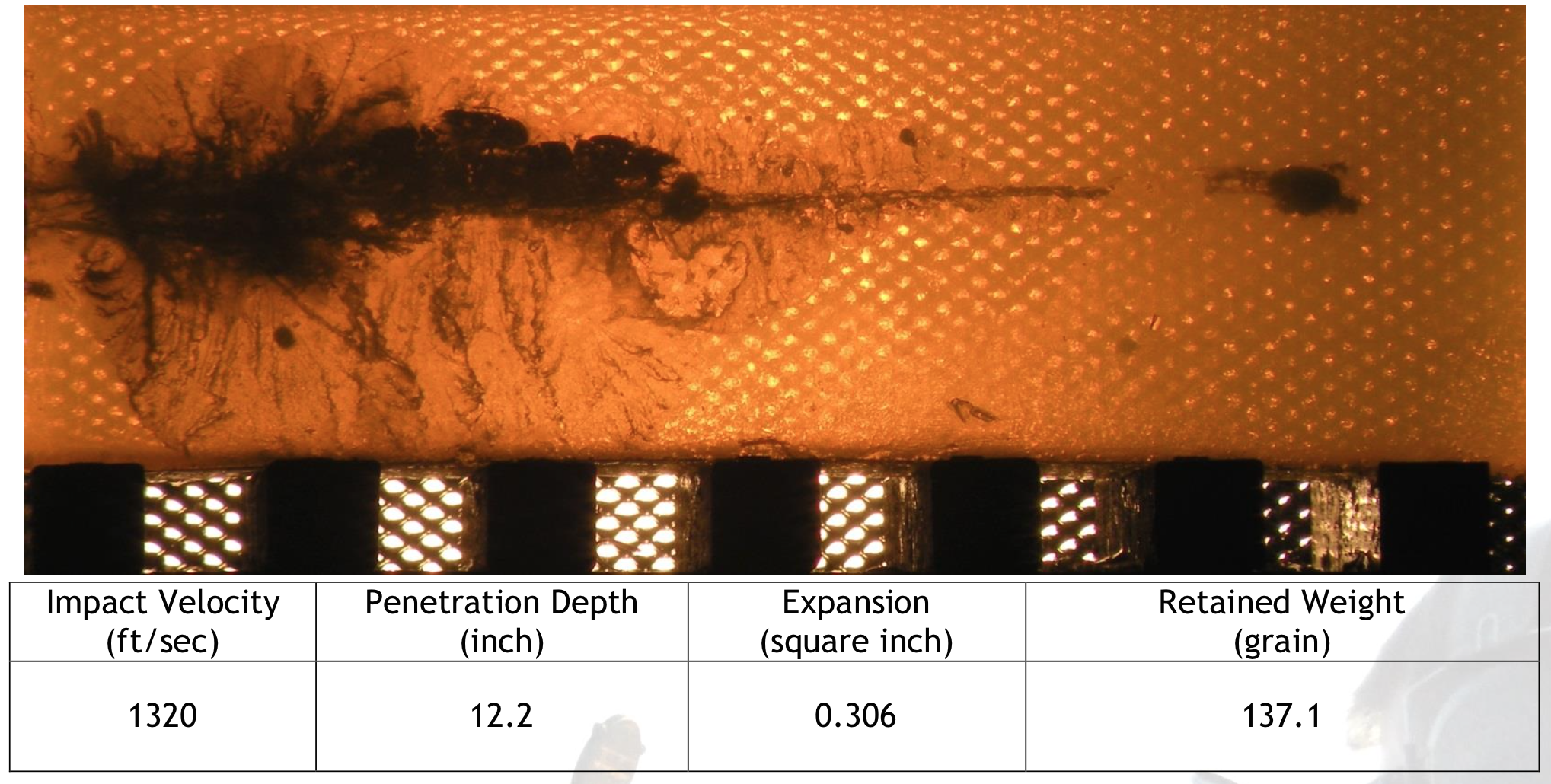

Bare Gelatin Shots 1 through 3 Recovered Projectile
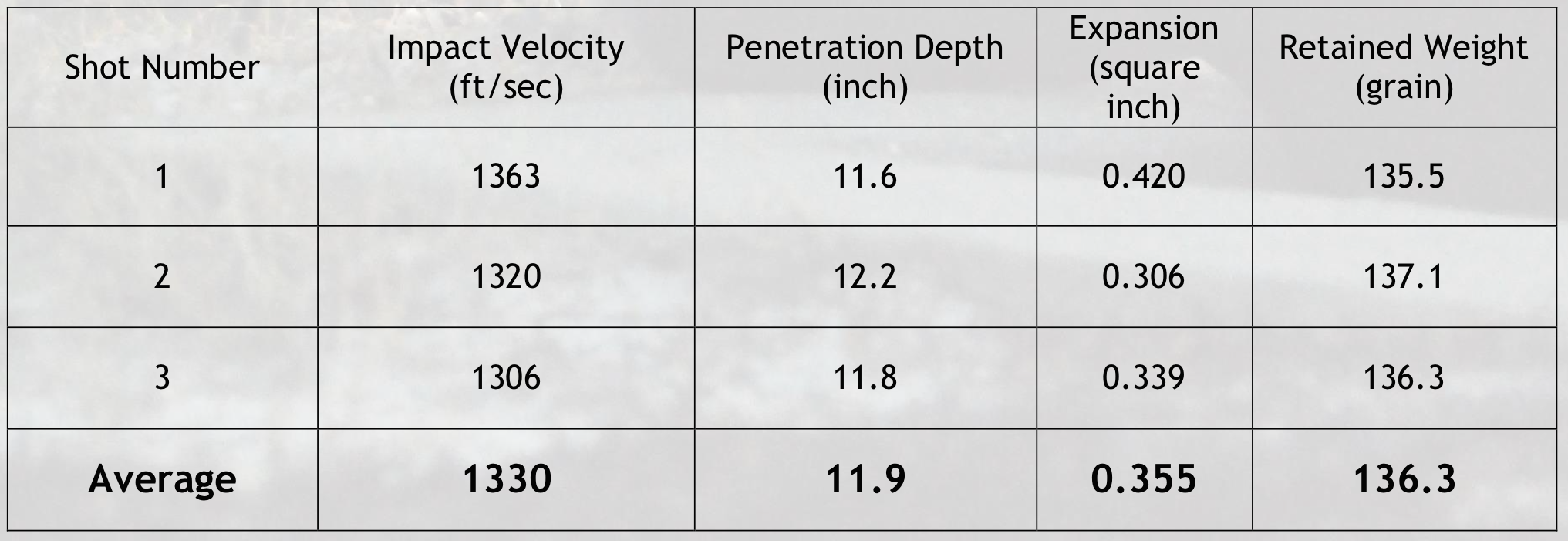
Heavy Clothing + Gelatin Terminal Performance
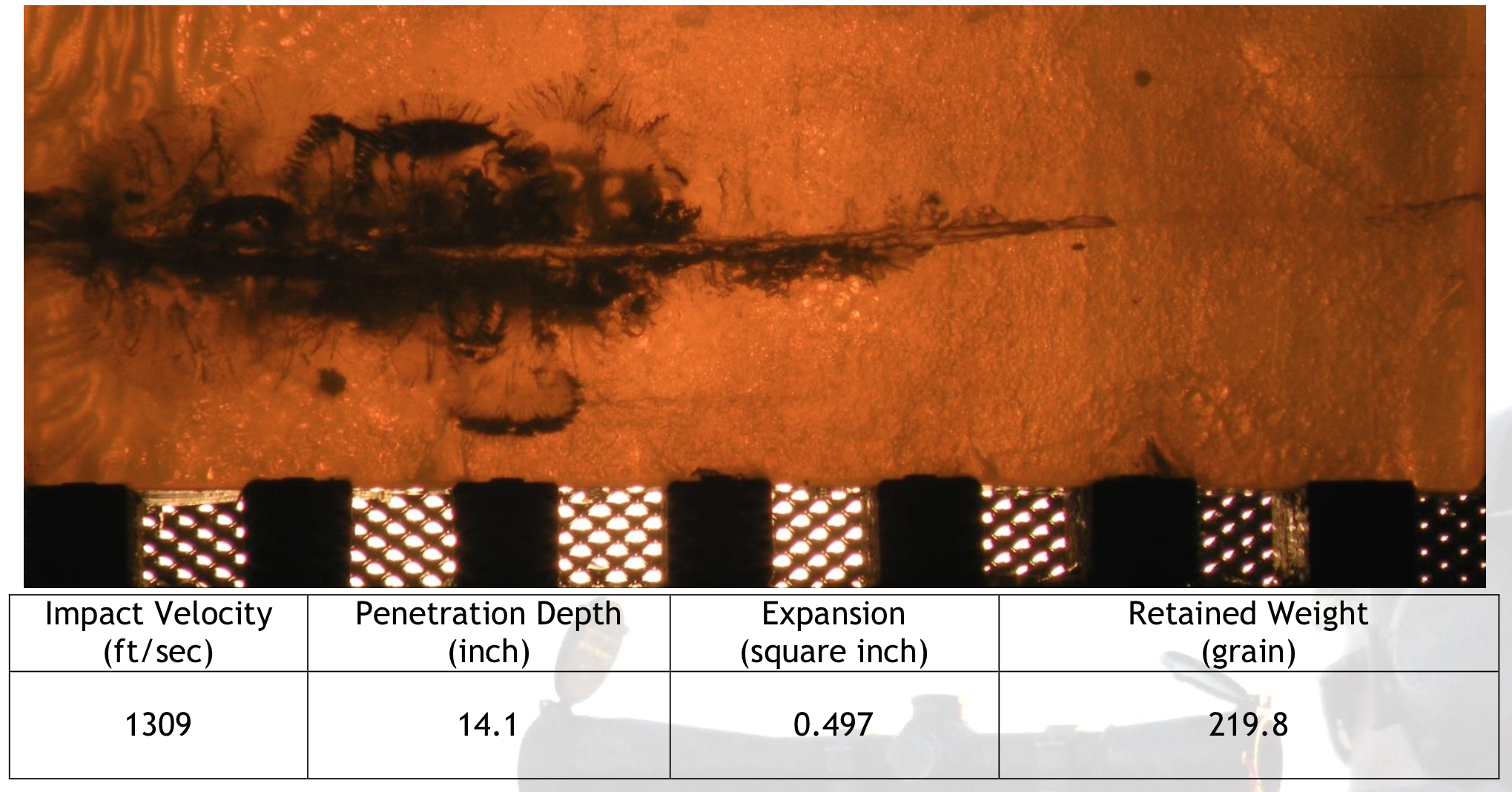
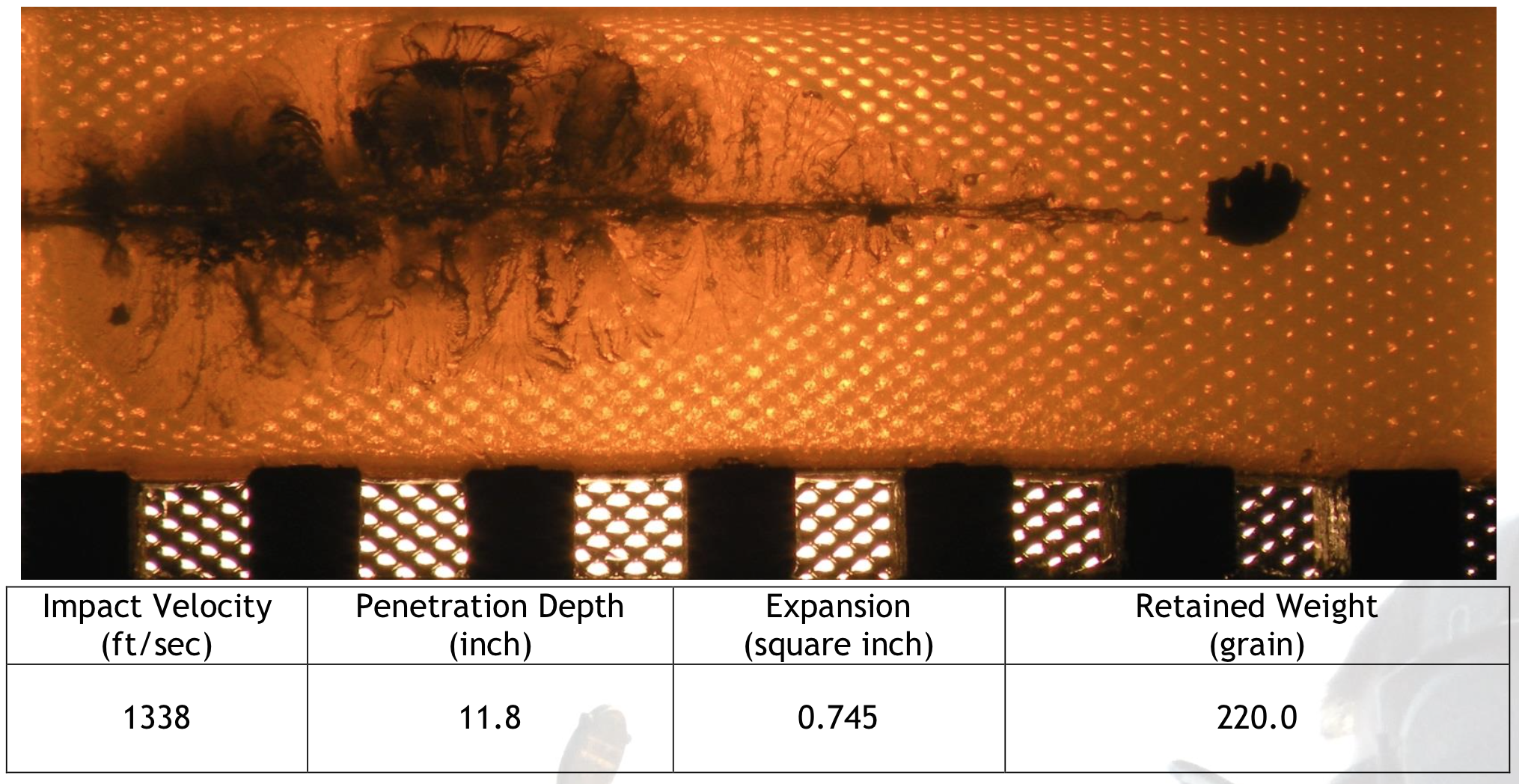
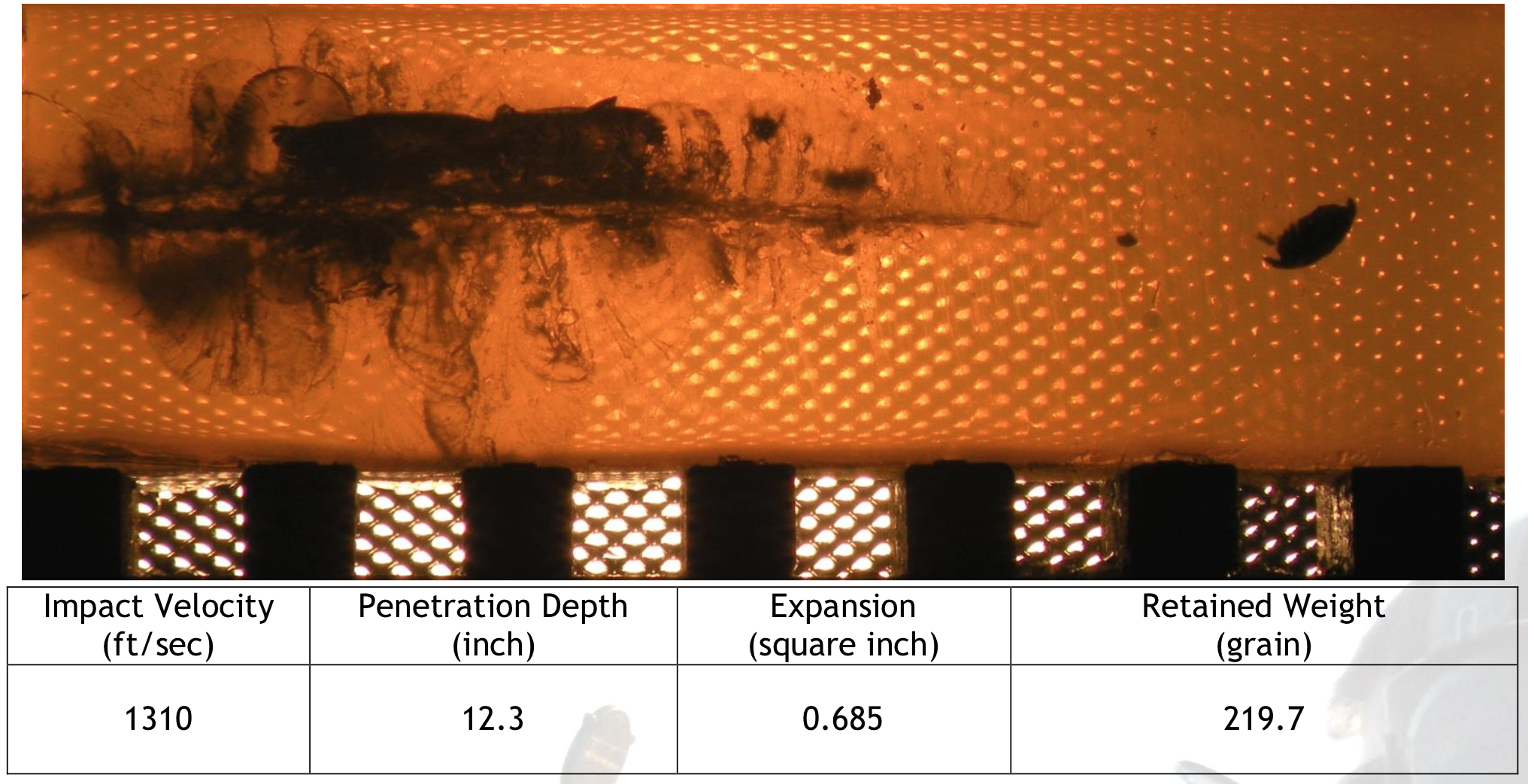
Heavy Clothing Shots 1 through 3 Recovered Projectile
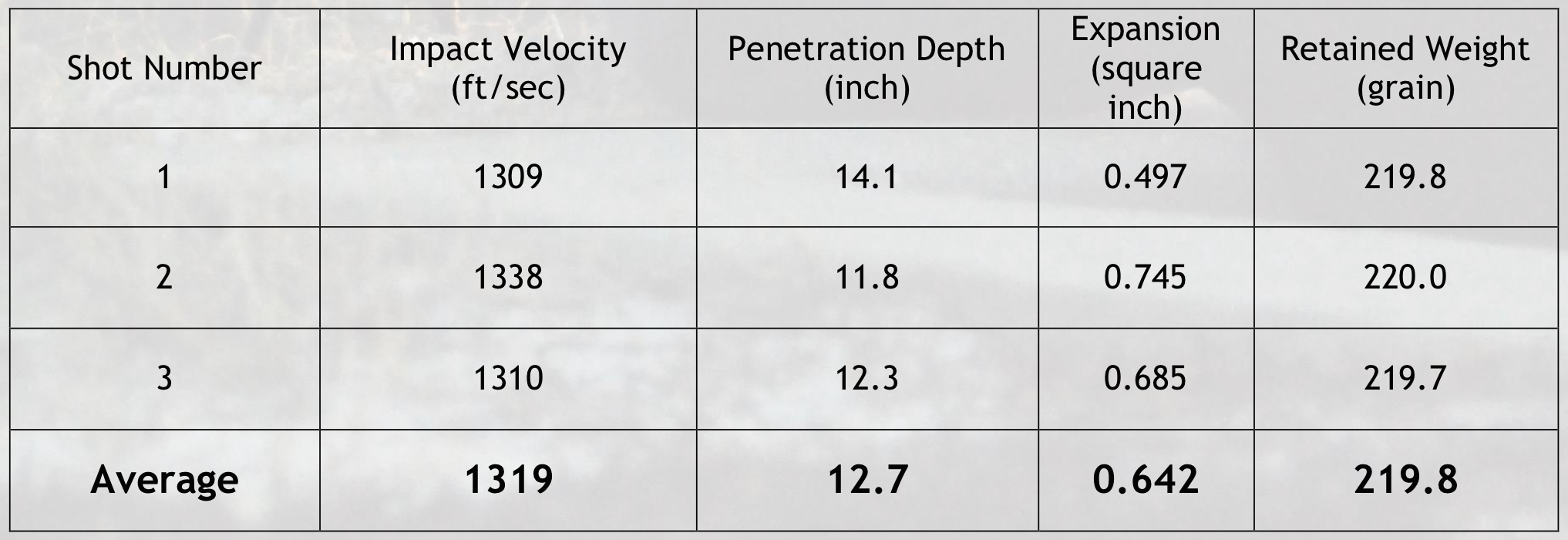
Automobile Windshield + Gelatin Terminal Performance
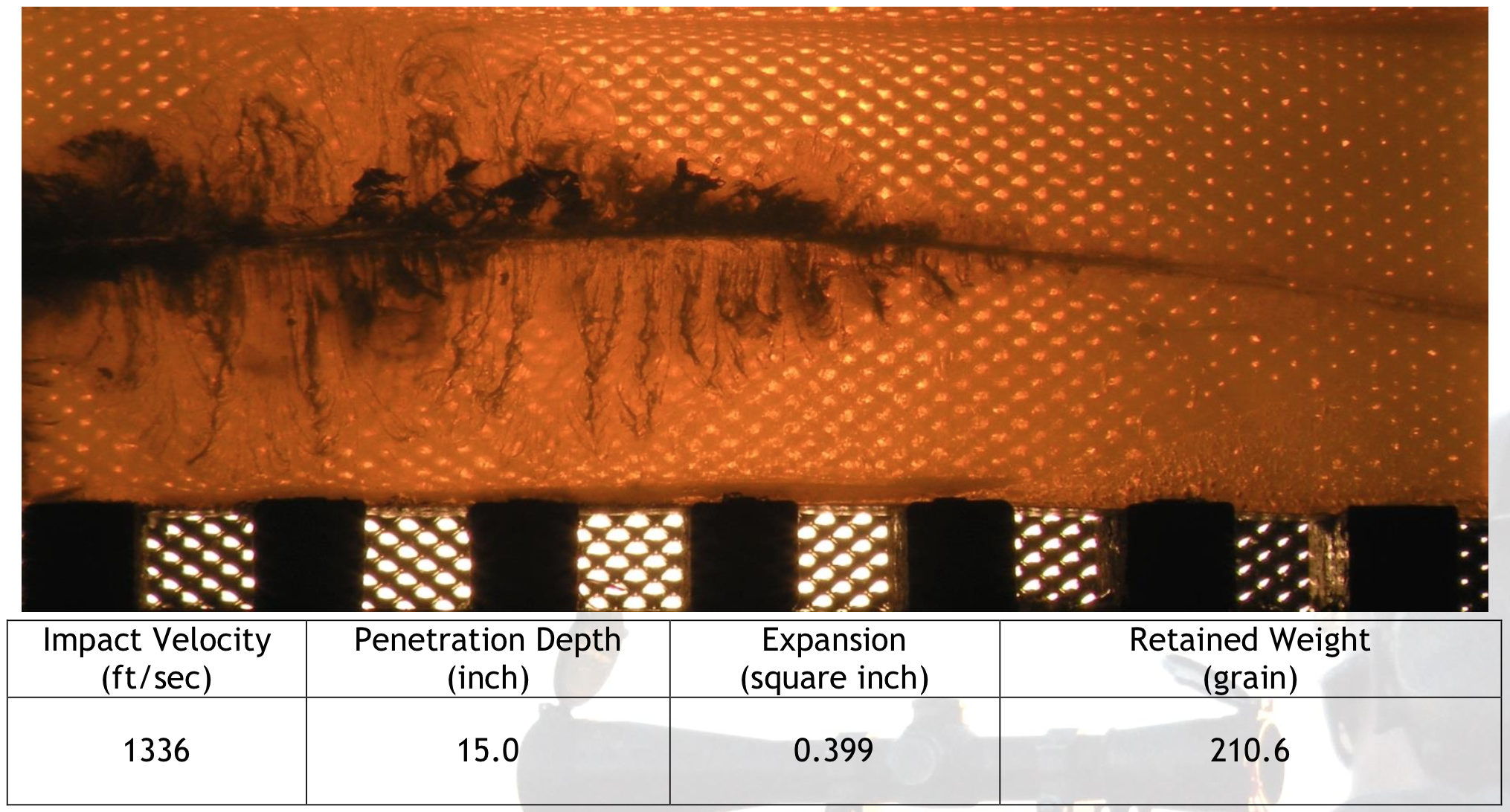
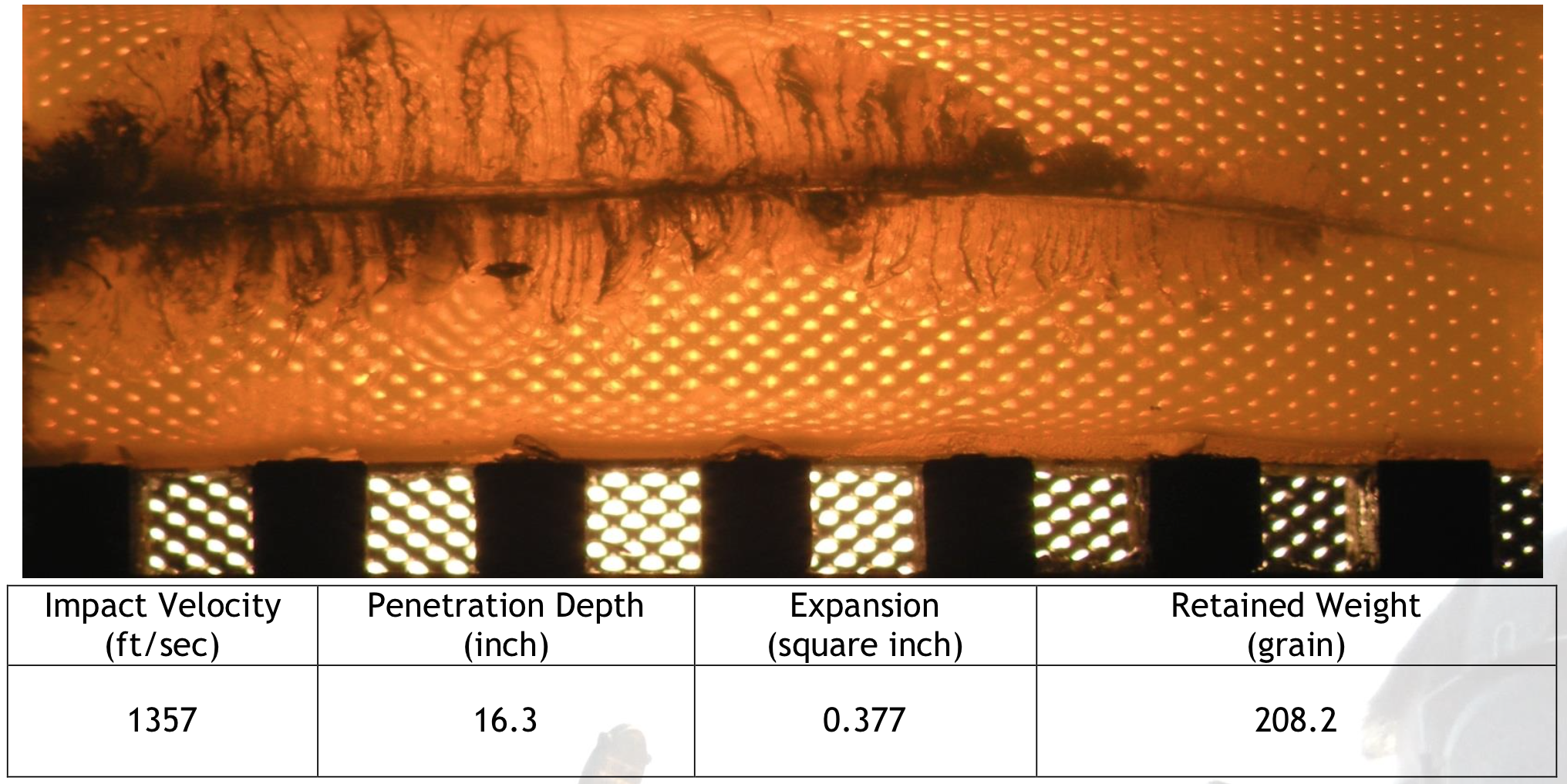
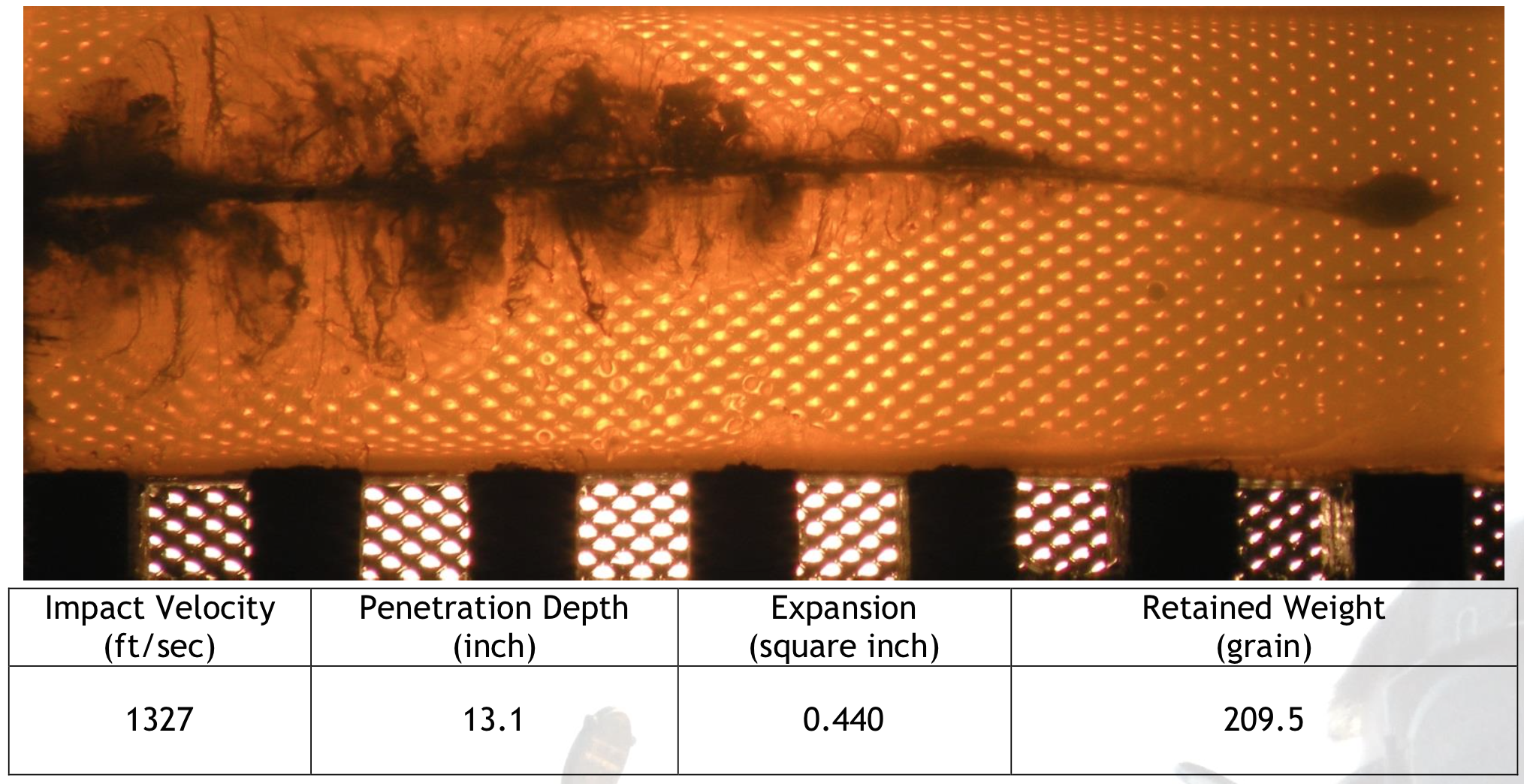
Auto Glass Shots 1 through 3 Recovered Projectile
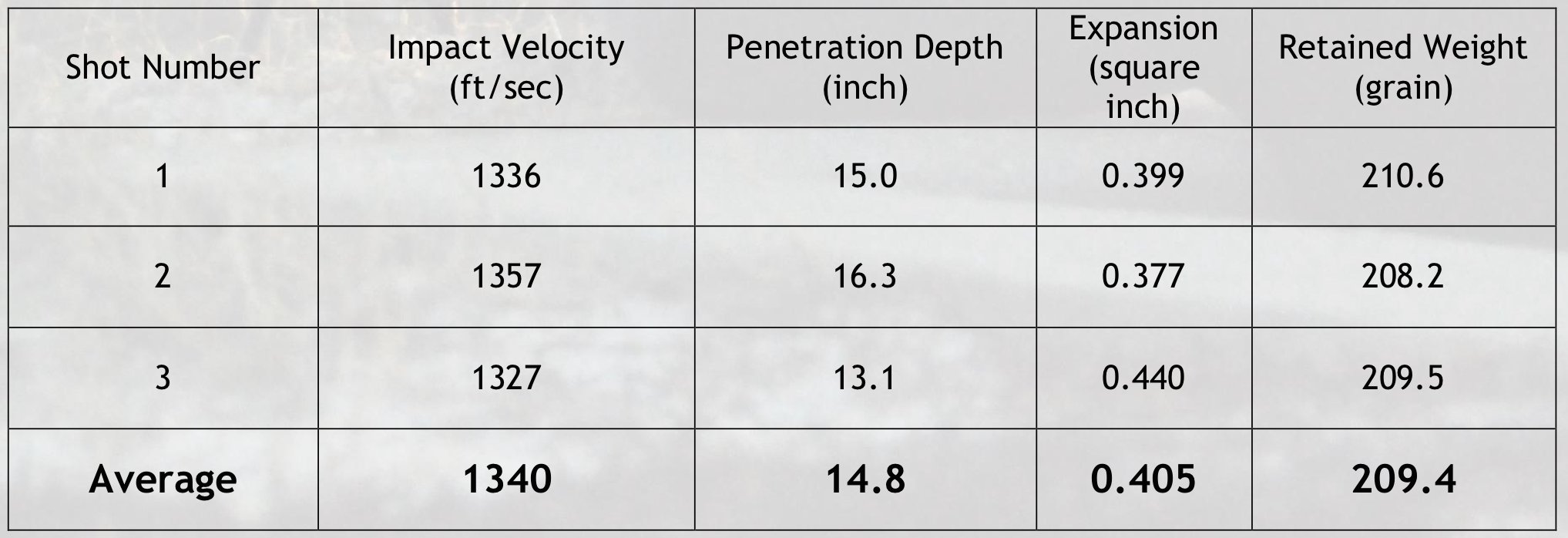
Slide Velocity
The slide velocity of a semi-automatic handgun is an important metric as it is relative to the recoil felt by the shooter and the feed reliability of the firearm. Slow motion video analysis of the tested Remington R1 1911 is presented below.


Muzzle Flash
When a small arm is fired, three target signatures emerge at the muzzle: noise, flash and smoke. Reducing the muzzle flash of a defensive firearm is important because it reduces the likelihood of an opponent visually determining your firing position. While this is most relevant to the world of rifles, a small muzzle flash from a handgun is also important as a means to minimize your “night blindness” after shooting and secondarily important as a means to conceal your firing position from attackers located at some distance from your location.

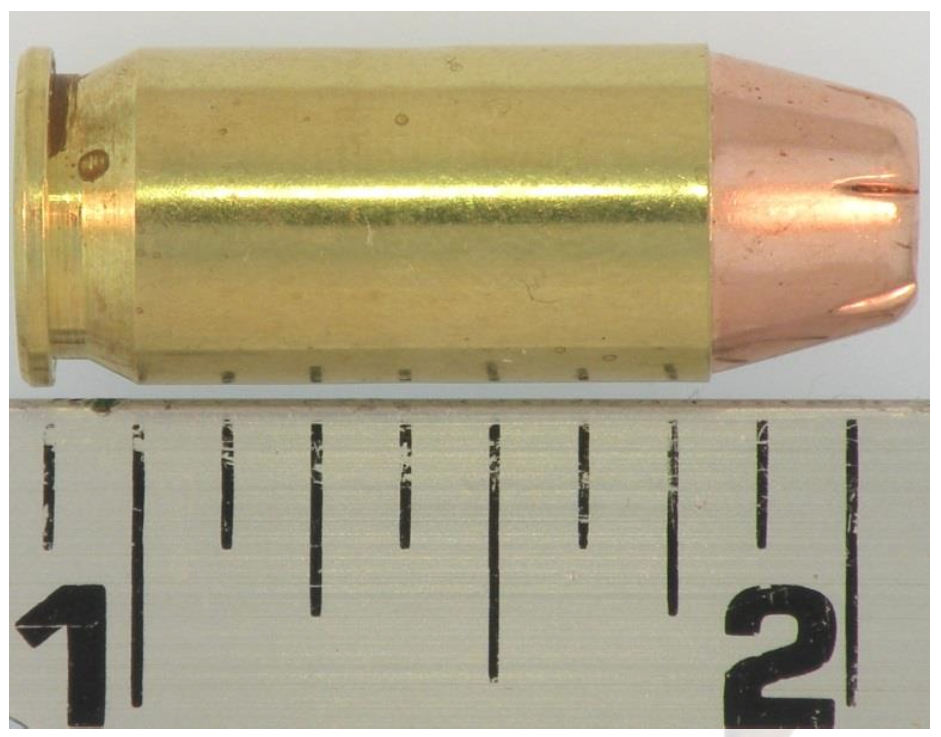

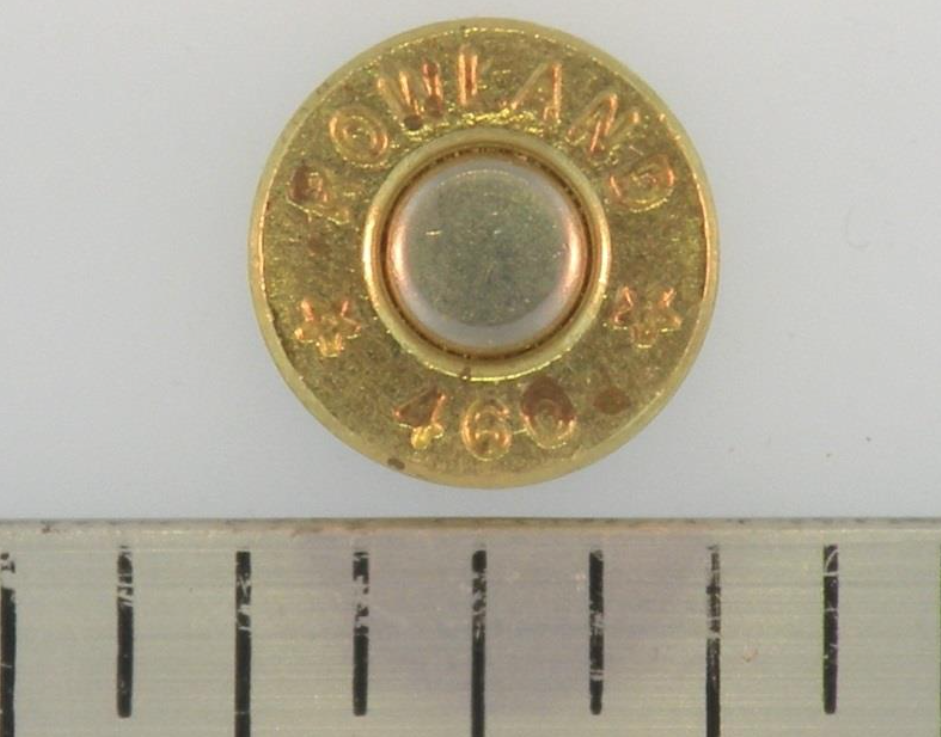
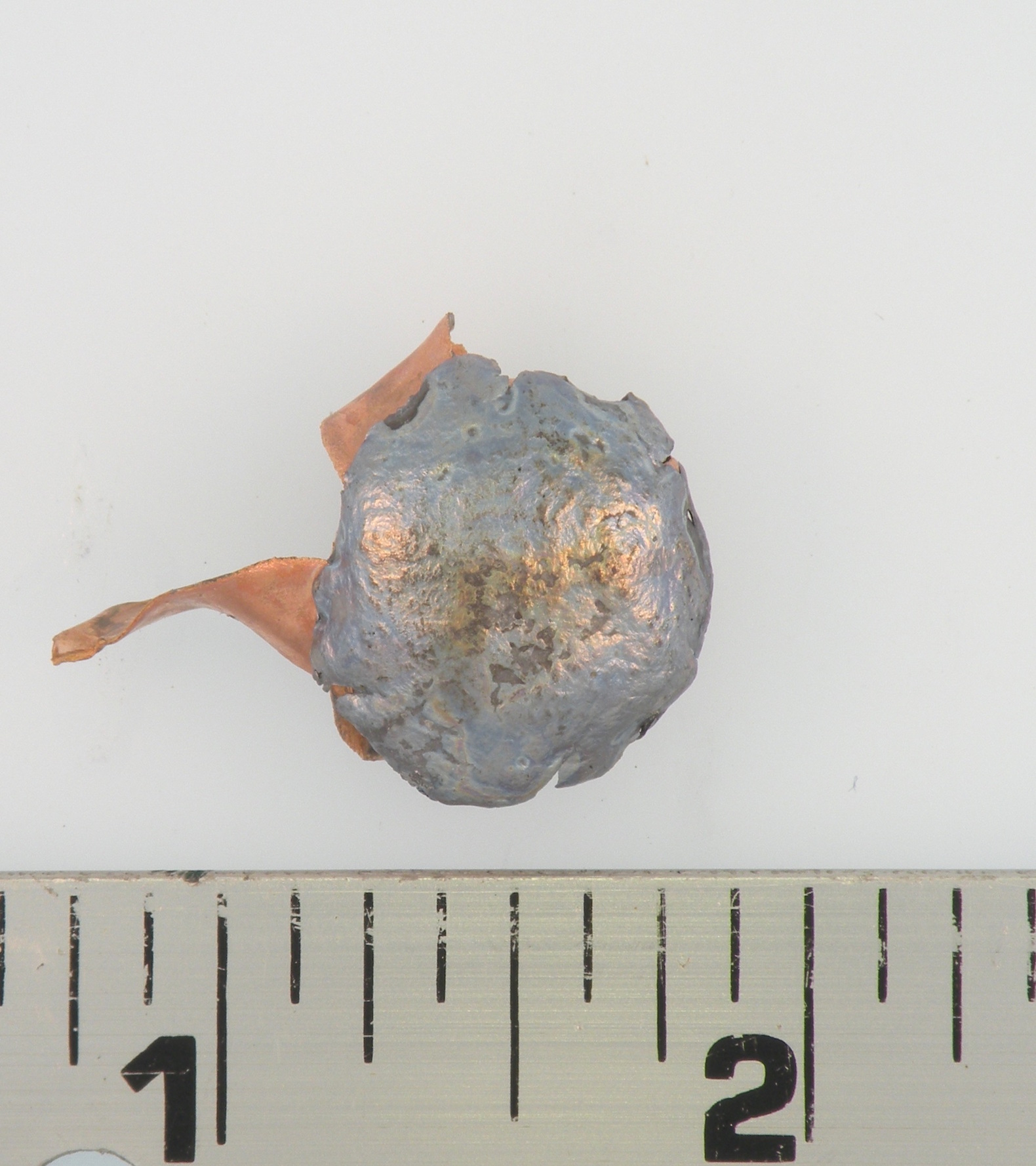 Shot 1 Projectile
Shot 1 Projectile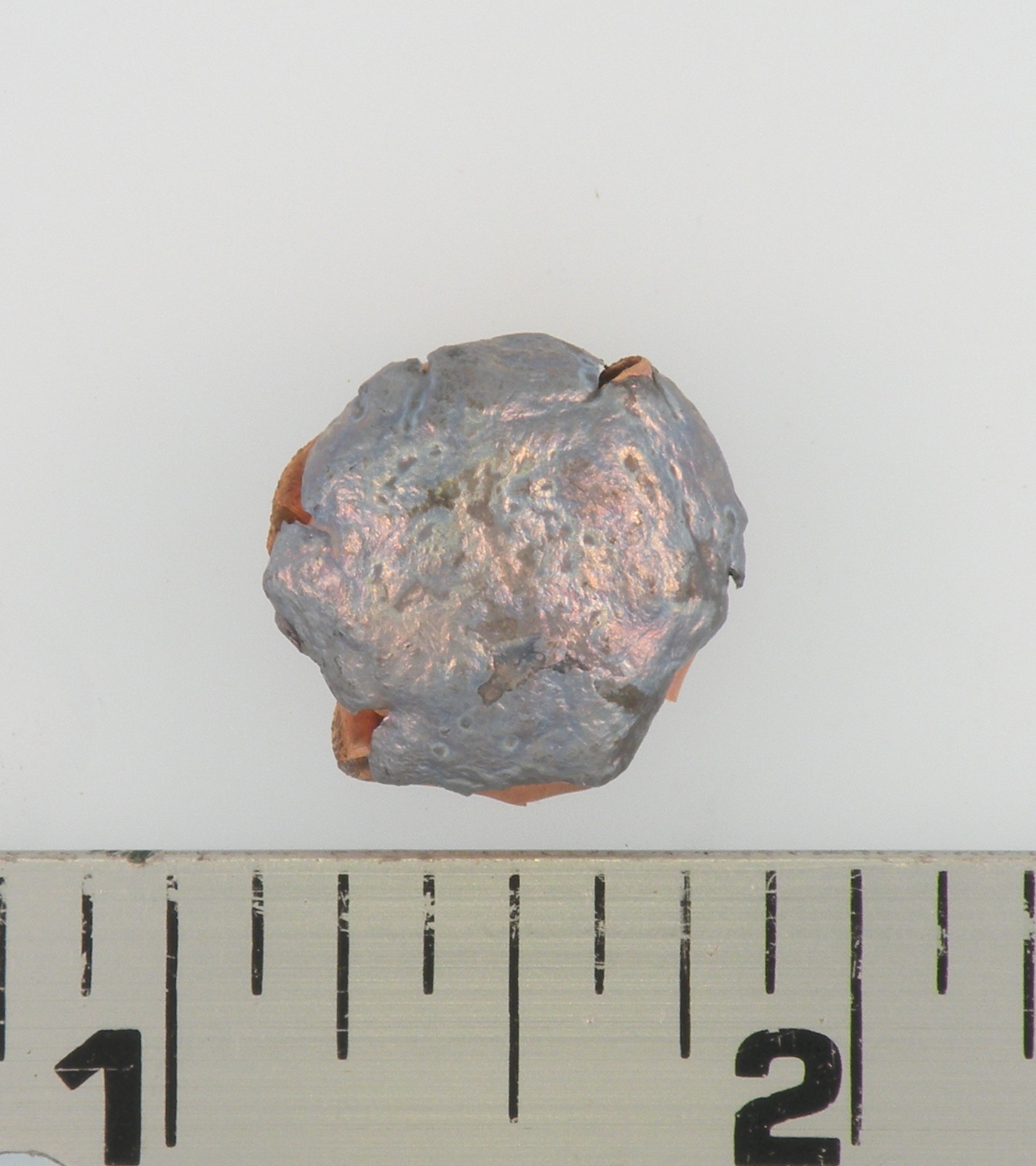 Shot 2 Projectile
Shot 2 Projectile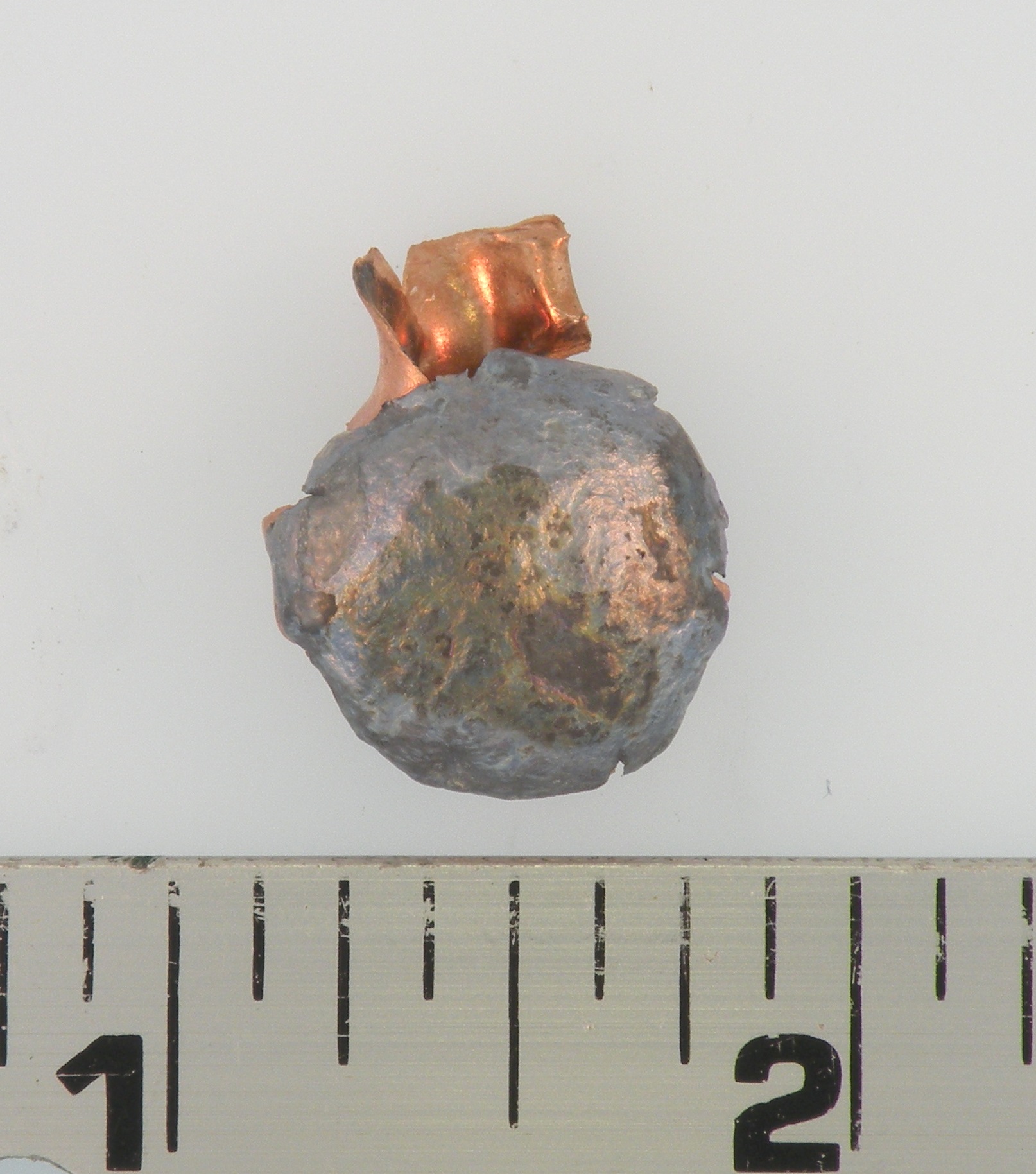 Shot 3 Projectile
Shot 3 Projectile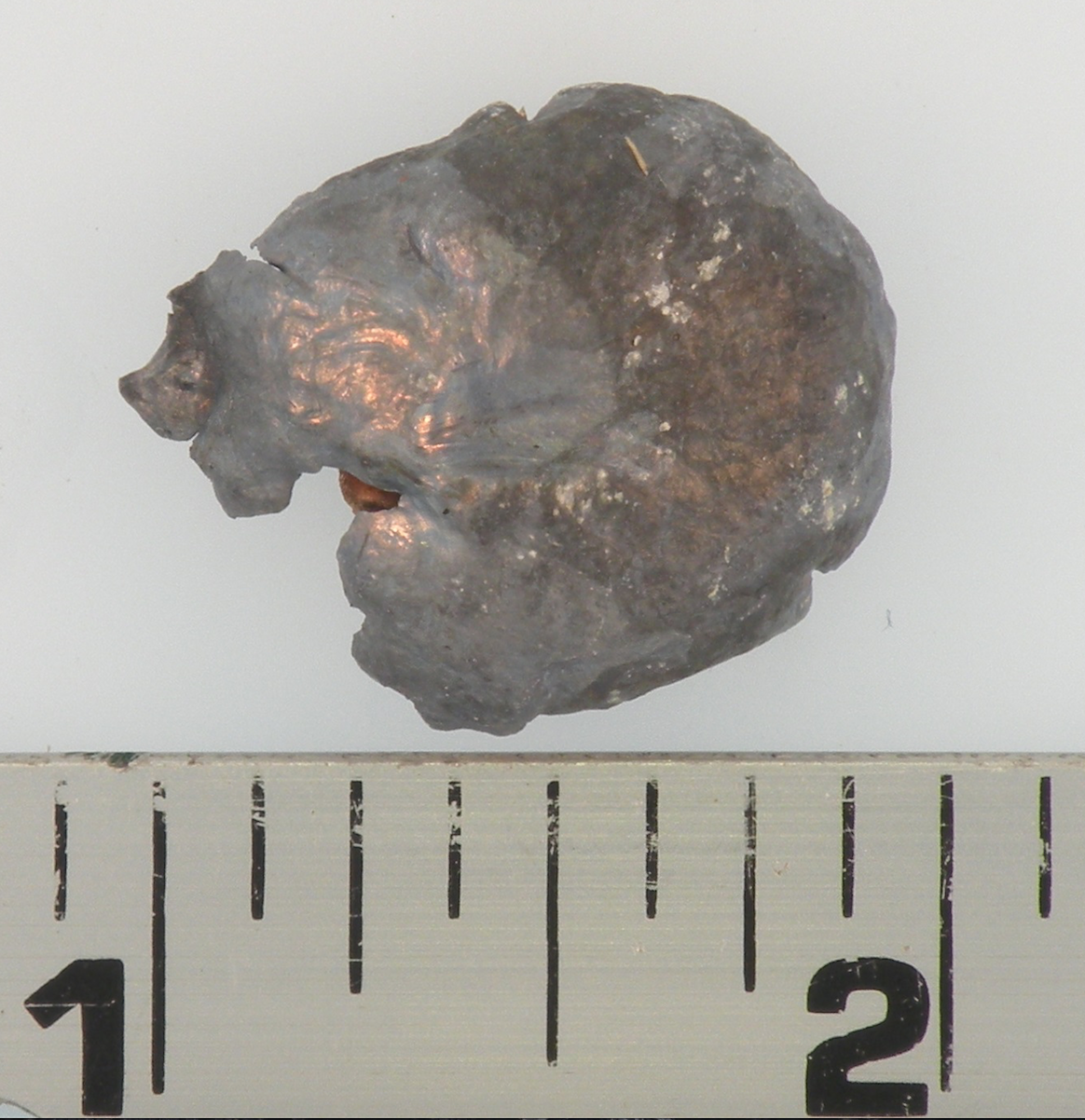 Shot 1 Projectile
Shot 1 Projectile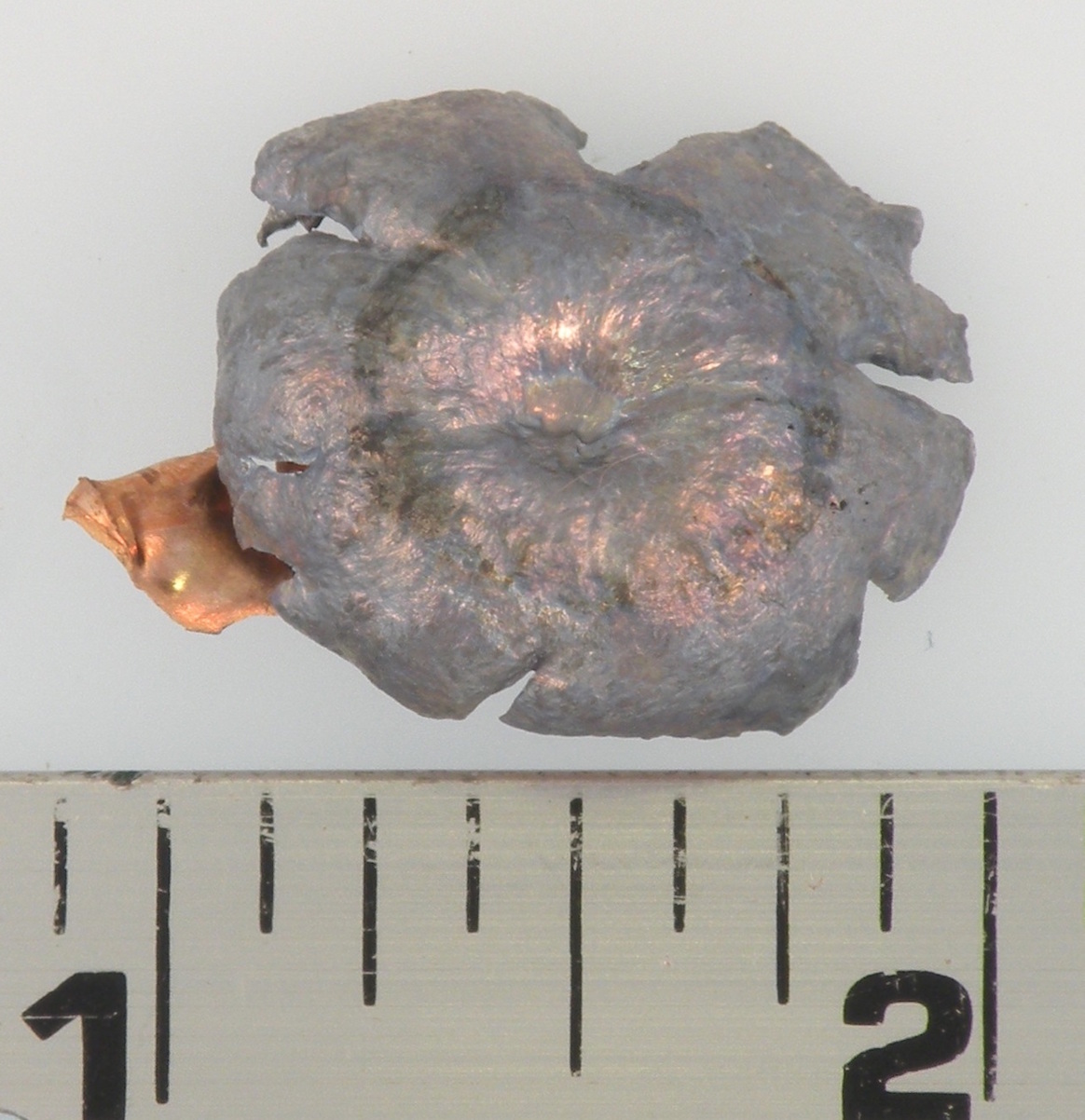 Shot 2 Projectile
Shot 2 Projectile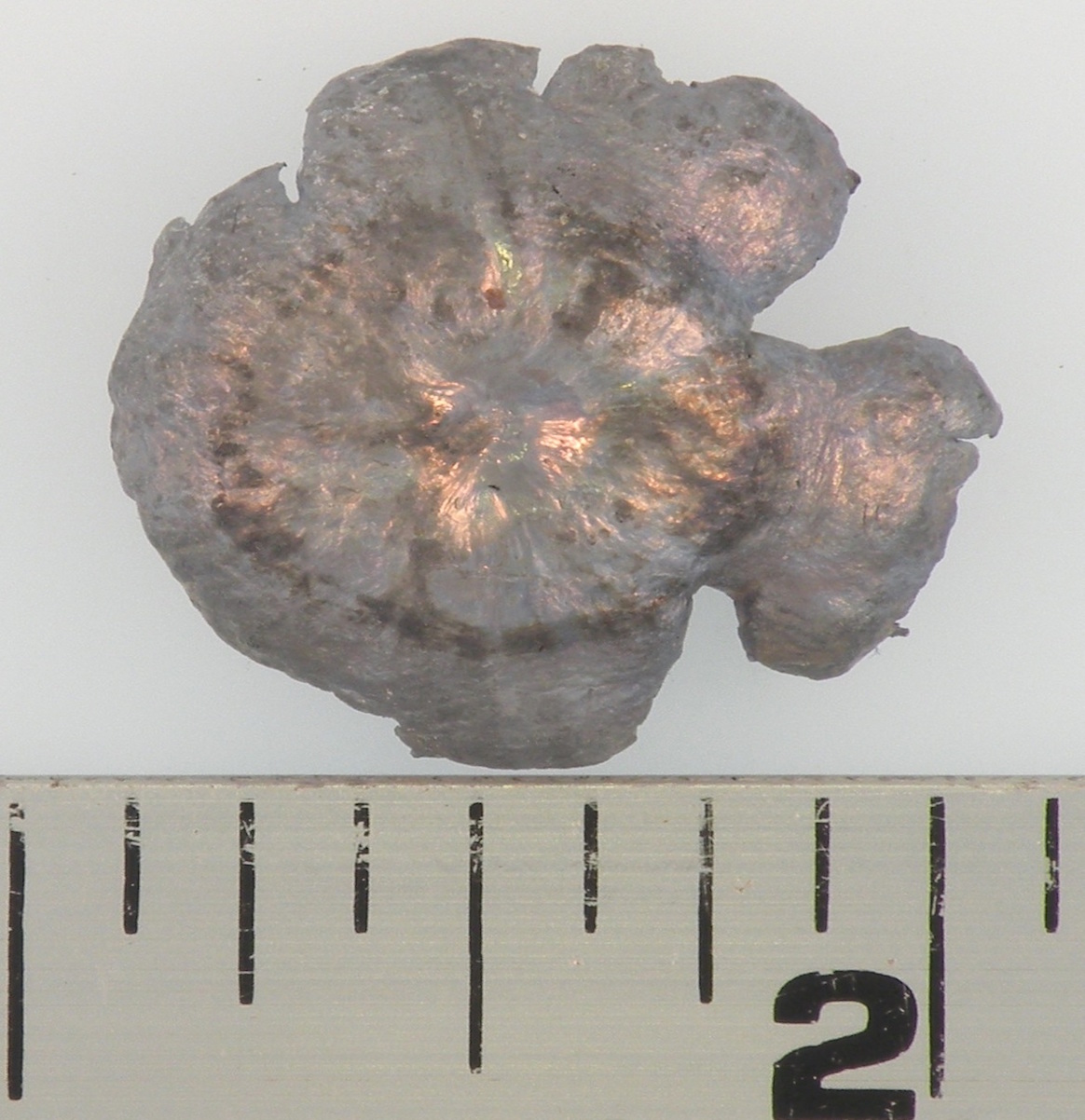 Shot 3 Projectile
Shot 3 Projectile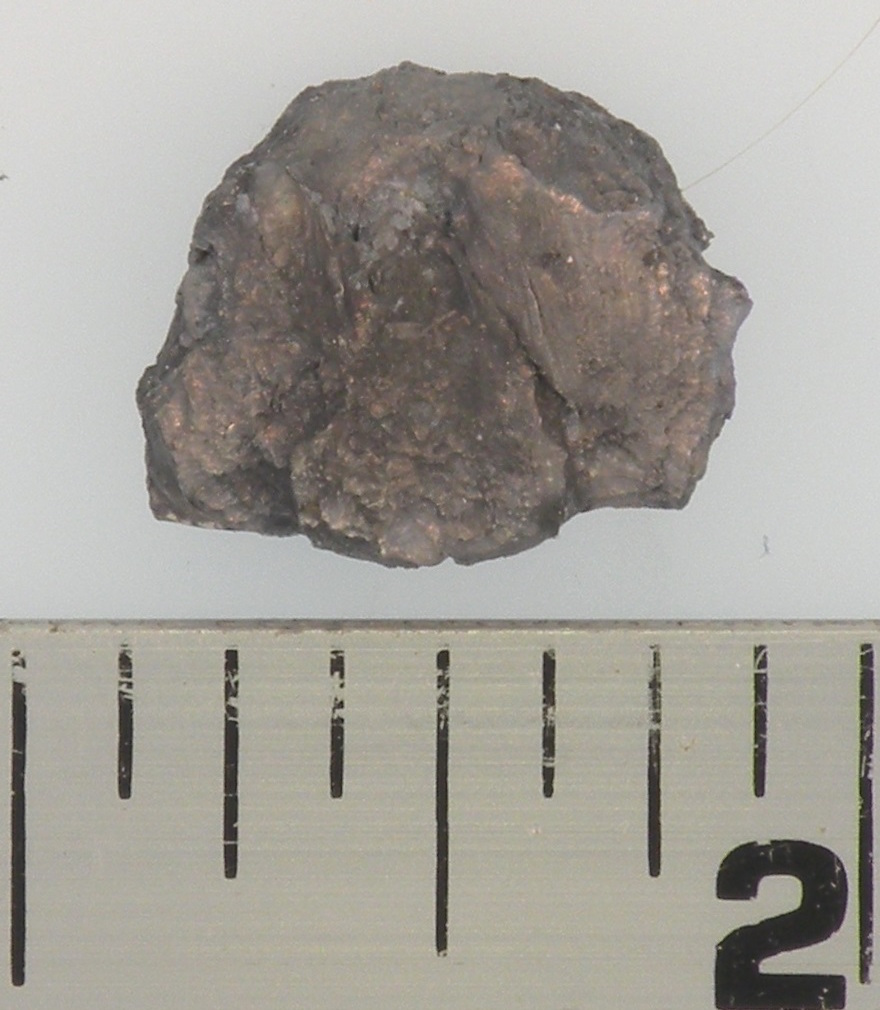 Shot 1 Projectile
Shot 1 Projectile Shot 2 Projectile
Shot 2 Projectile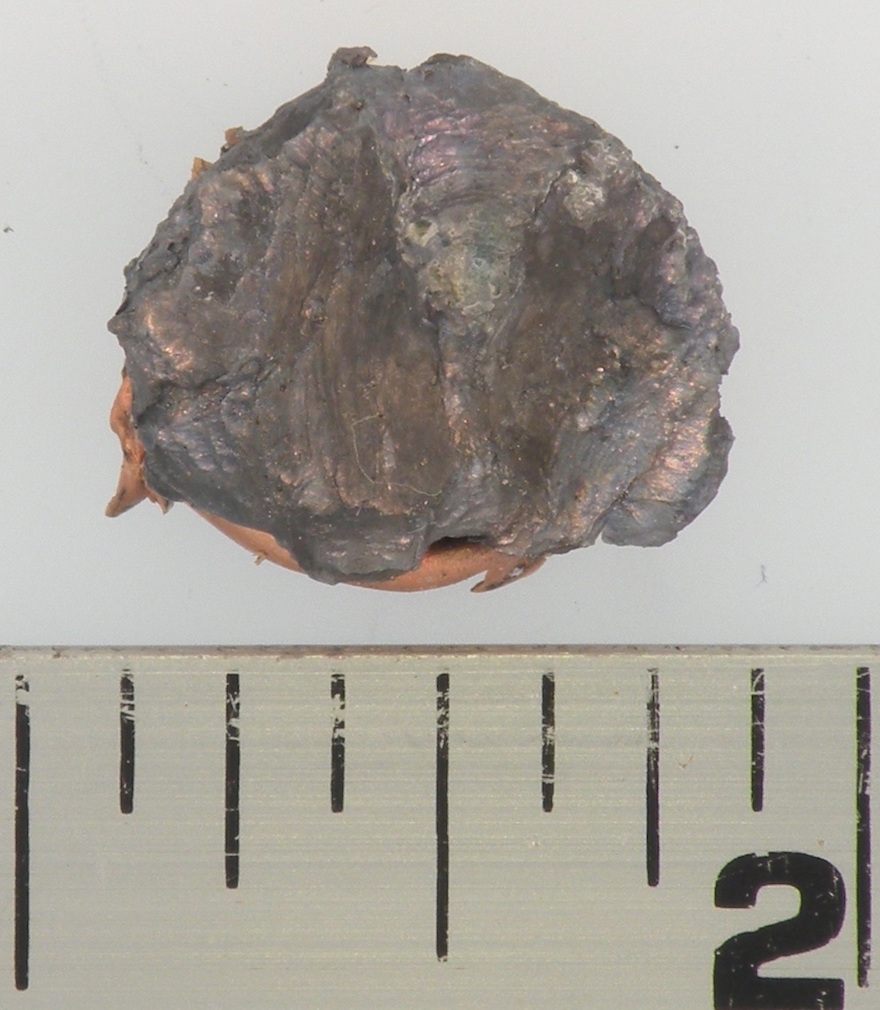 Shot 3 Projectile
Shot 3 Projectile